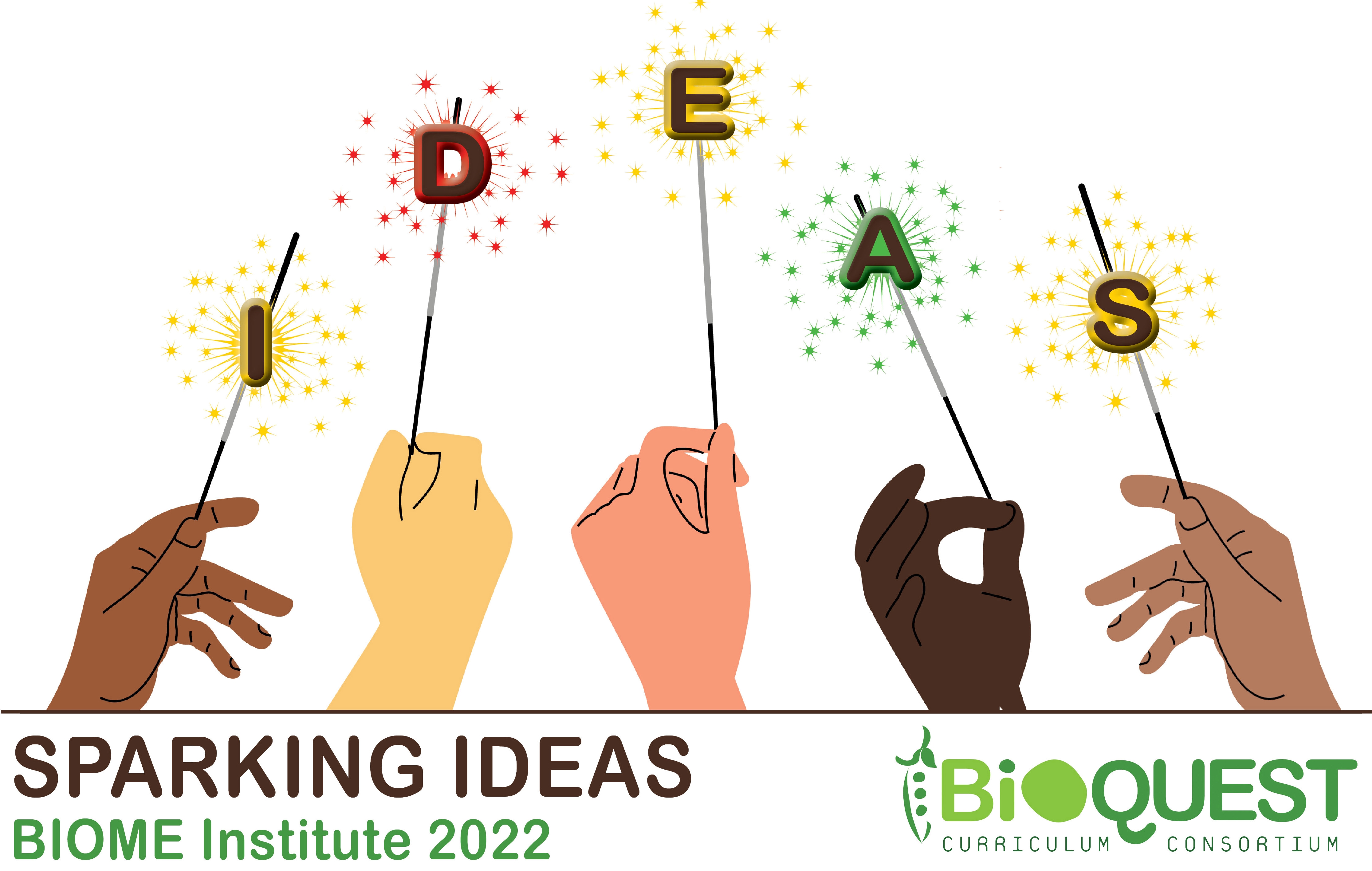Exploring Interdisciplinary Professional Development Opportunities through the Quantitative Biology at Community Colleges QB@CC Project
Author(s): Irene Corriette1, Sheela Vemu2
1. Santa Fe College 2. Waubonsee Community College - Tenure Track and Northern Illinois University
904 total view(s), 141 download(s)
Description
The Quantitative Biology at Community Colleges (QB@CC) project provides a platform for open education resource (OER) development. Biology and mathematics faculty collaborate, create, and publish OERs that target key quantitative skills in biology. Faculty can participate in the project in four main ways. In this interactive BIOME workshop, we will walk you through each of these opportunities from the perspective of mathematics and biology community college faculty. We will also give you an opportunity to discover ways in which this project can benefit your teaching and how you can help influence the future of this project. We are crowdsourcing to identify gaps in the current list of OER biology and mathematics topics, preferred module formats, and ideas for improved engagement with the project.
The QB@CC project provides access to a collection of OER modules for use in entry-level life sciences and mathematics courses. It provides Incubators where teams of biology and mathematics faculty from different institutions collaborate to create and publish modules. We know OERs become more valuable as they are used and updated. The Faculty Mentoring Network (FMN) provides a forum where faculty discuss, adapt, implement, and publish their own versions of select OERs. The QB@CC project also encourages publication and provides professional development opportunities.
Notes
2022 BIOME Workshop Presentation
Cite this work
Researchers should cite this work as follows:
- Corriette, I., Vemu, S. (2022). Exploring Interdisciplinary Professional Development Opportunities through the Quantitative Biology at Community Colleges QB@CC Project. 2022 Biology and Mathematics Educators (BIOME) Institute, QUBES Educational Resources. doi:10.25334/GKTM-7B27
